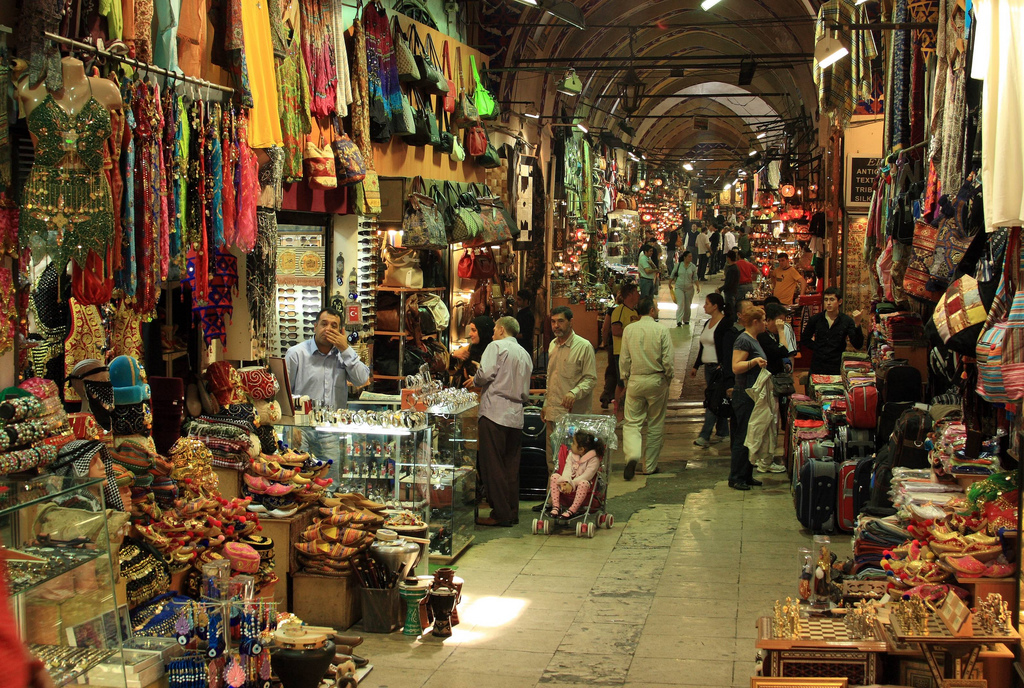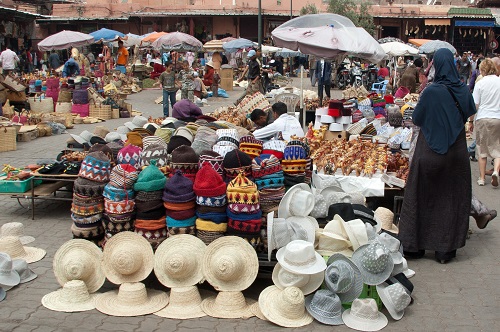Ancient Market Places
By Staff Writer, écoute moi
Manchester: throughout human history the market has been an important location. Ancient markets have existed where people have bartered, traded and sold goods as a means of exchange and gaining valuables and products that they may have needed. The marketplace has changed considerably over the millennia’s. Markets are places where people come together to sell livestock, goods and trade items.
These locations also serve as an area for socialising and enhance economic development. In contemporary society with the advent of the digital age markets have also moved online where customers can purchases items digitally, sell and buy shares through stock exchanges as well as sell services and products.
However market places have existed since antiquity and have different names ascribed to them based on the geographical location they exist in. In Arabic markets are known as souk’s, in parts of the globe such as the Indian-Sub Continent the Persian originating term bazaar is used and palengke in the Philippines.
Extravagant marketplaces in the ancient world existed in places such as Babylon, Assyria, Jerusalem, Rome, Athens, Constantinople, Marrakesh, India, Kiev, London and Cairo amongst other places.
Many markets tended to be centrally located and easily accessible for the purpose of boosting trade. These places also had a host of skilled artisans and merchants at hand. Many people learnt a trade such as carpentry, metal working, cooking, baking and sold their wares from market places.
As hamlets became villages, expanded into towns and morphed into cities and nations more rural farmers began to sell their access agricultural goods in marketplaces as there was often strong demand.
Ancient Market Places In History
Khan el-Khalili is a major souk in the Islamic district of Cairo in Egypt. The bazaar district is one of Cairo’s main attractions for tourists and Egyptians alike. The site of Khan el-Khalili was originally the site of the mausoleum known as the turbat az-za’faraan (Saffron Tomb), which was the burial site of the Fatimid caliphs.
The mausoleum was part of the Fatimid Great Eastern Palace complex, begun in 970 AD by Gawhar al-Siqilli, the general who conquered Egypt for the Fatimid dynasty and founded Cairo that same year.

The Grand Bazaar in Istanbul is well known for its traders and delights and has been referred to as the world’s oldest continuously-operating, purpose-built market. Having visited the Grand & Spice Bazaars of Istanbul I can personally relate to the hustle and bustle of daily activity, excitement and trade that occurs their every day.
The construction of the Grand Bazaar began in around 1455 AD. In the 15th century the Mexica (Aztec) market of Tlatelolco was the largest in all the Americas. However, some British open-air markets have been operating continuously since the 12th century.
Although a lot of today’s trading takes place in the digital sphere, physical open air markets still make up a significant amount of trading areas across the world and still remain renowned for business activity, hard bargains, haggling and the daily endeavours and struggles of individuals trying to make a living through enterprise and entrepreneurship.
